About Lacrosse and the Eirball Lacrosse Archive
–
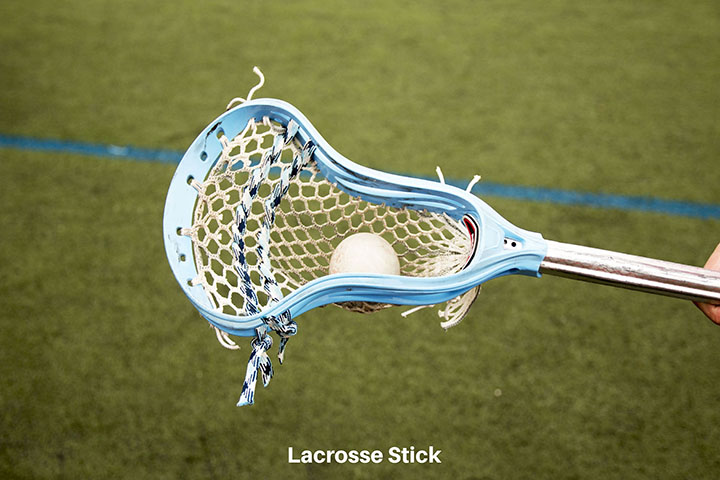
Lacrosse has had three main eras of activity in Ireland: (1) c. 1870s to c. 1914 when the Irish Lacrosse Union (Men’s) was in operation. (2) Irish Ladies Lacrosse Association c. 1930 to 1970 which was mainly played in schools and (3) Ireland Lacrosse 2001 to Present which has both a Men’s and Women’s League as well as Box (Indoor) and International teams which compete in the World and European Championships. The Final Table of the Irish Lacrosse League (Men’s) 2010-11 as well as the Irish Women’s Lacrosse League and National Indoor Lacrosse League are shown below to give the reader an idea of what they will find in each article. just click on the links below in blue to be brought to the relevant articles.
There are four main versions of Lacrosse:
- Men’s Lacrosse (a 10 v 10 outdoor version of the game)
- Women’s Lacrosse (a 12 v 12 outdoor version of the game)
- Box Lacrosse (a 6 v indoor version of the game – mixed in Ireland)
- Polocrosse (Lacrosse on horseback)
Below you will find the results and standings,as well as some match reports and line-ups for all four versions of Lacrosse in Ireland, as well as results of International fixtures featuring Ireland and Irish Clubs and representative teams, and some World Lacrosse – the National Lacrosse League (The Major Indoor Lacrosse League – Canada’s National Summer Sport), and Major League Lacrosse (the Major Outdoor Lacrosse League in North America).
The sport was invented by Native North Americans, particularly in the Eastern Woodlands culture areas of Canada and North East USA, and was codified by European settlers, although the sport is still very popular among Native Americans and Canada’s First Nations, and is the only sport where Native Americans can represent their own country (Haudenosaunee is the Nativa American Women’s National Team, and Iroquois Nationals is the Men’s Native American National Team). [See the links in the articles below for references about the sport and its history].
Featured Image Credit: An overhead view of a mens lacrosse playing field with white markings painted on grass. Copyright: Tonygers [Internet] Available from: https://www.123rf.com/photo_25082132_an-overhead-view-of-a-mens-lacrosse-playing-field-with-white-markings-painted-on-grass-.html?vti=mobg75t839i5v50w97-1-6 [Accessed 5 January 2022]
Ireland Lacrosse
– Image Credit: An overhead view of a mens lacrosse playing field with white markings painted on grass. Copyright: Tonygers

After the Irish Lacrosse Union disappeared around the First World War, and the Irish Ladies Lacrosse Association from 1926-1970 had also disbanded, the third wave of Lacrosse in Ireland was the revival of Ireland Lacrosse in the early 21st Century, featuring Men’s Women’s and Box (Indoor Lacrosse).
Ireland Lacrosse
Image Credit: An overhead view of a mens lacrosse playing field with white markings painted on grass. Picture Credit: Copyright: Tonygers [Internet] Available from: https://www.123rf.com/photo_25082132_an-overhead-view-of-a-mens-lacrosse-playing-field-with-white-markings-painted-on-grass-.html?vti=mobg75t839i5v50w97-1-6 [Accessed 5 January 2022]
Ireland Lacrosse (Men’s) Standings:
Irish Lacrosse League 2009-2016
Ireland Lacrosse | Men’s Newtownards Cup 2010-2017
Irish Lacrosse League (Results):
2018 2016 2015 2014 2012-13 2011-12 2010-11
Men’s Newtownards Cup (Results):

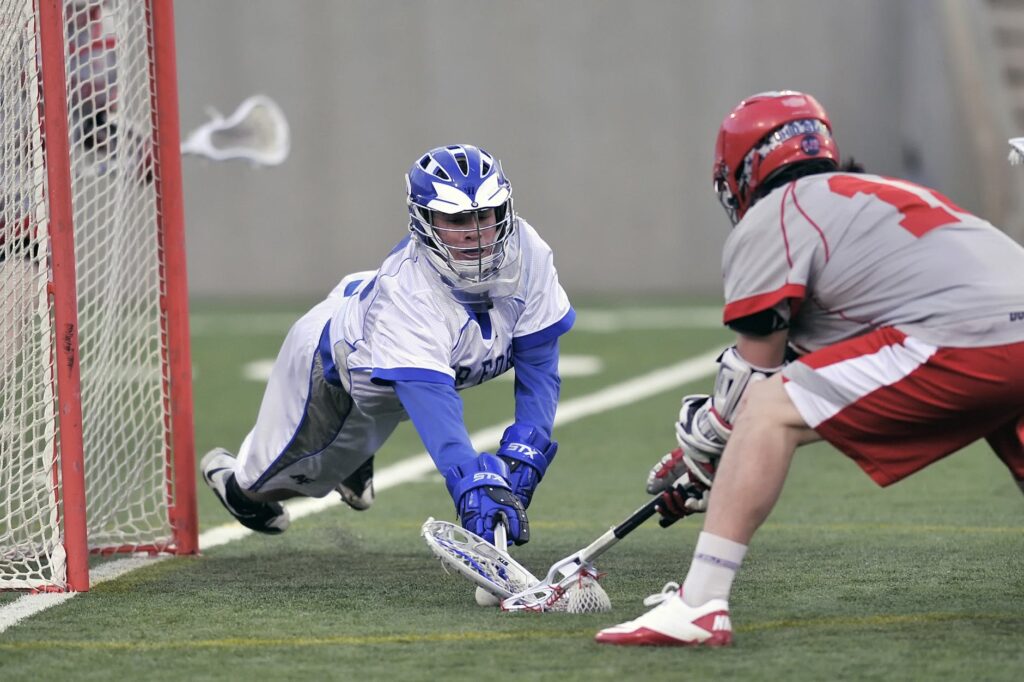
Irish Lacrosse Union
– Lacrosse Air Force-Ohio State Game Photo by Pixabay on Pexels.com
The Irish Lacrosse Union was the Men’s Lacrosse Association in Ireland from the Late 19th to Early 20th Centuries. The Senior shield was the first level league competition.
Like the Gaelic Athletic Association, the Irish Lacrosse Union season was divided into an opening season (Shield – League Competition), and closing season (Flags – Knockout / Elimination Competition). The Irish Lacrosse Union had two Adult levels (Senior and Junior), and a representative competition (Shaftesbury Cup) between County Down and County Antrim. It was Men’s only. (see links to each competition and season for results, more information and references).
Irish Lacrosse Union (1870-1914)
Lacrosse Air Force-Ohio State Game Photo by Pixabay on Pexels.com
Shaftesbury Cup (Co. Down v Co. Antrim – Seasons): 1900
Irish Lacrosse Union 1870-1914
Irish Lacrosse Union | Championship of Ireland 1890-1897
ILU Senior Flags (1st Level – Knockout Championship – Seasons): 1900
ILU Junior Flags (2nd Level – Knockout Championship – Seasons): 1900
ILU Senior Shield (1st Level League – Seasons): 1900
ILU Junior Shield (2nd Level League- Seasons): 1900
ILU Gibb Cup (All Teams Knockout – Seasons): 1895 1894 1893
ILU Preseason Friendlies (Seasons): 1900

Women’s Lacrosse
– Image Credit: Vector diagram of a women’s lacrosse field. Image Contributor Schaafb32
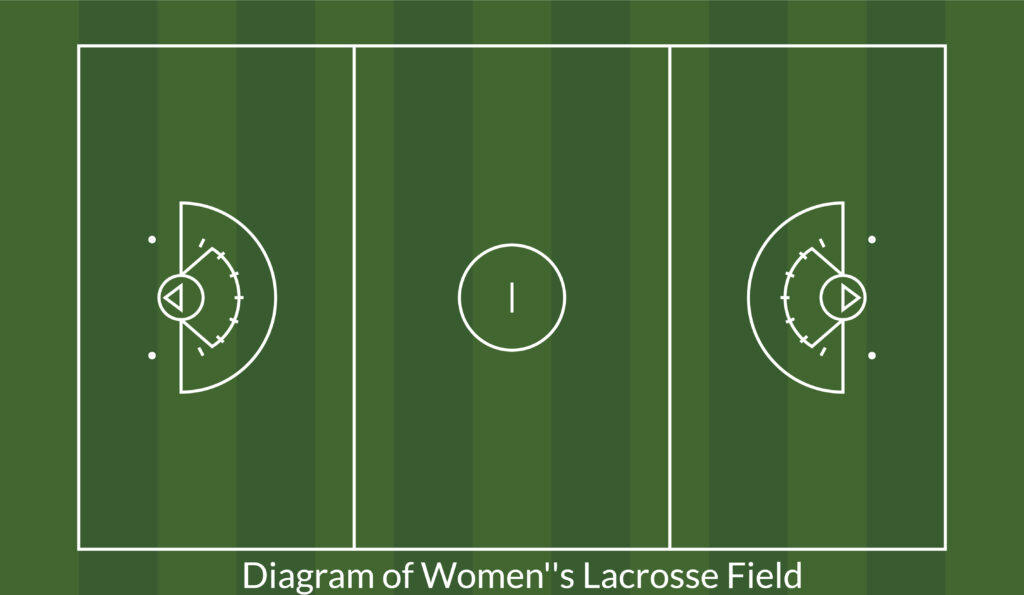
Women’s Lacrosse was codified in Scotland, and is a 12-v-12 version of Lacrosse. There was an Irish Ladies Lacrosse Association in Ireland from the 1920s to 1970, that played in the Home Nations against England, Scotland and Wales, and also held a Schools Shield, with teams from Dublin & Belfast.It was resurrected in the early 2000s, with an International team, and the Irish women’s Lacrosse League.
Women’s Lacrosse
Vector diagram of a women’s lacrosse field. Image Contributor Schaafb32 Item ID: 1596279019 [Internet] Available from: https://www.shutterstock.com/image-vector/vector-diagram-womens-lacrosse-field-1596279019
Ireland Lacrosse (Women’s)
Ireland Lacrosse Irish Women’s Lacrosse League 2014-2016
IL Irish Women’s Lacrosse League (Results): 2018
IL Women’s Newtownards Cup (Results): 2019-20 2018 2017
Irish Ladies Lacrosse Association (1922-1970)
Irish Ladies Lacrosse Association League (seasons): 1925
Irish Ladies Lacrosse Association School Shield (Roll of Honour):

Indoor (Box) Lacrosse
– Image Credit: man wearing white and red lacrosse uniform Photo by Pixabay on Pexels.com
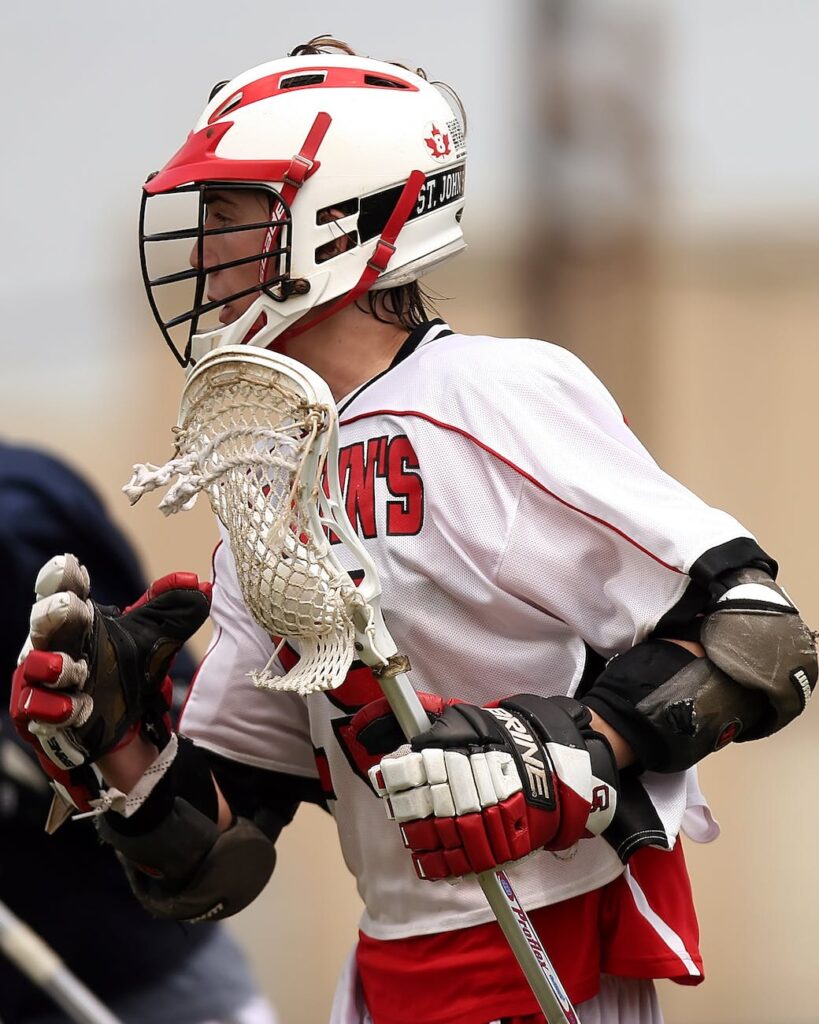
Indoor (also known as Box) Lacrosse is a 6-v-6 version of Lacrosse, played in an Indoor Arena. The National Indoor Lacrosse League matches were held in Loughlinstown, Co. Dun Laoghaire-Rathdown.
Indoor (Box) Lacrosse
Image Credit: man wearing white and red lacrosse uniform Photo by Pixabay on Pexels.com
European Lacrosse Federation:
ELF European Box Lacrosse Championship (Editions): 2017
Ireland Lacrosse (Indoor) Standings:
National Indoor Lacrosse League 2011-2015
National Indoor Lacrosse League (Results):

Women’s Lacrosse (International)
– Image Credit: Woman and girl playing Lacrosse Photo by Pixabay on Pexels.com
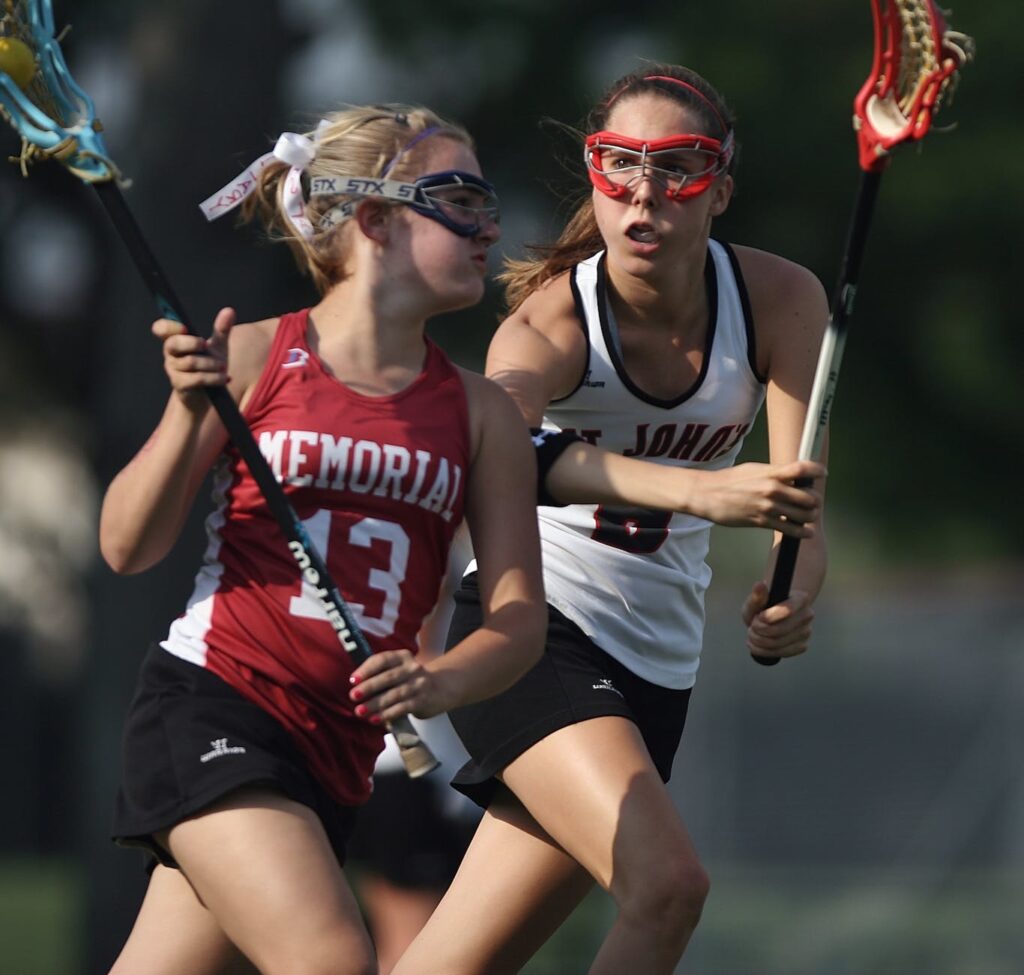
Women’s Lacrosse
Image Credit: Woman and girl playing Lacrosse Photo by Pixabay on Pexels.com
Federation of International Lacrosse
FIL Women’s World Lacrosse Cup (Editions):
European Lacrosse Federation
ELF Women’s European Lacrosse Championships (Editions):
Home Nations Internationals
Irish Ladies Lacrosse Association Home Internationals 1930-1970

Men’s Lacrosse (International)
– Image Credit: man wearing yellow and black sport jersey holding lacrosse stick Photo by Pixabay on Pexels.com

Men’s Lacrosse is a 10-v-10 version of the game, originally played by Native Americans in the Eastern Woodlands cultural region of Native North America (Eastern Canada & Upstate New York, New England).
The first known team in Ireland was in Newtownards, Co. Down, and there was a Championship in Ireland from the late 19th Century to World War I, and it was then resurrected in the early 2000s, with an International team, and the Irish Lacrosse League. The Newtownards Cup is also now played, named after the town with the first club.
Men’s Lacrosse (International)
Image Credit: man wearing yellow and black sport jersey holding lacrosse stick Photo by Pixabay on Pexels.com
Federation of International Lacrosse
FIL Men’s World Lacrosse Championships (Editions):
European Lacrosse Federation
ELF Men’s European Lacrosse Championships (Editions):
ELF Men’s U20 European Lacrosse Championships (Editions):
Celtic Cup
Celtic Cup (Editions):
International Lacrosse Union (1881-1899)
International Lacrosse Union Ireland v England 1881-1899
Irish Counties v South of England Representative Lacrosse Matches 1901

Indoor Box Lacrosse (International)
– Image Credit: Photo by Pixabay on Pexels.com

Indoor (Box) Lacrosse
Image Credit: Photo by Pixabay on Pexels.com
European Lacrosse Federation:
ELF European Box Lacrosse Championship (Editions):

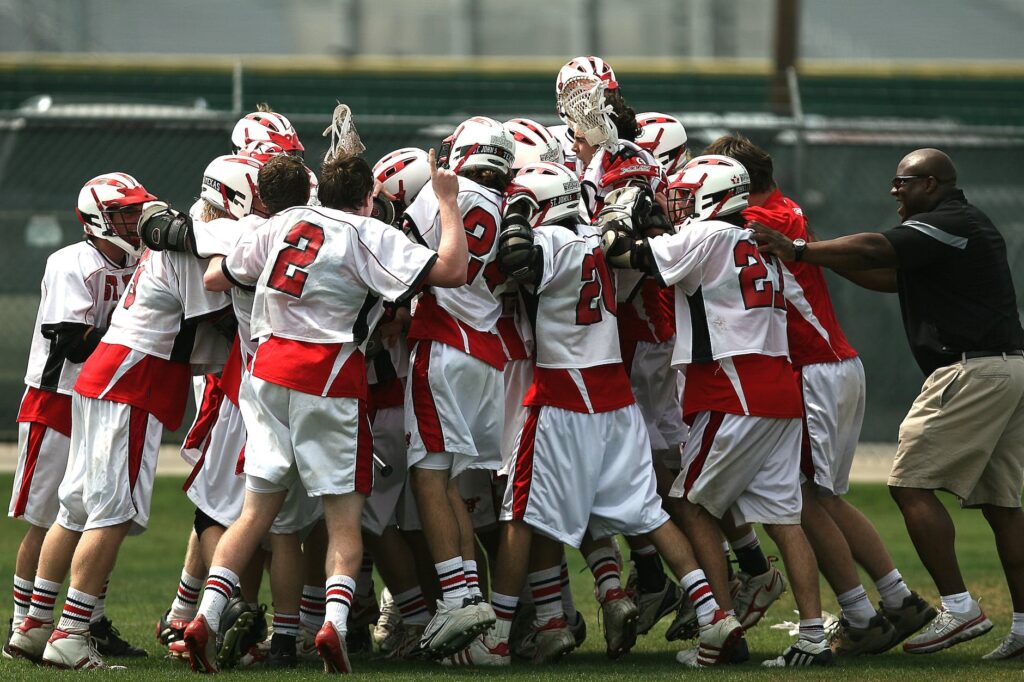
Irish Men’s Lacrosse Teams
– group of lacrosse players celebrating with coach during daytime Photo by Pixabay on Pexels.com
Irish Men’s Lacrosse Teams
Irish Men’s Lacrosse Teams
group of lacrosse players celebrating with coach during daytime Photo by Pixabay on Pexels.com
Team Histories (Including Results) and [ Season Rosters & Match Reports]
Ireland Lacrosse Men’s National Team 2002-Present
Ireland Men’s Lacrosse World Championship
[ Perth 2002 ][ London Ontario 2006 ] [ Manchester England 2010 ][ Denver, Colorado 2014 ][ Israel 2018 ]
Ireland Men’s Lacrosse Celtic Cup:
Dublin Bay Prawns: [ 2011-12 ]

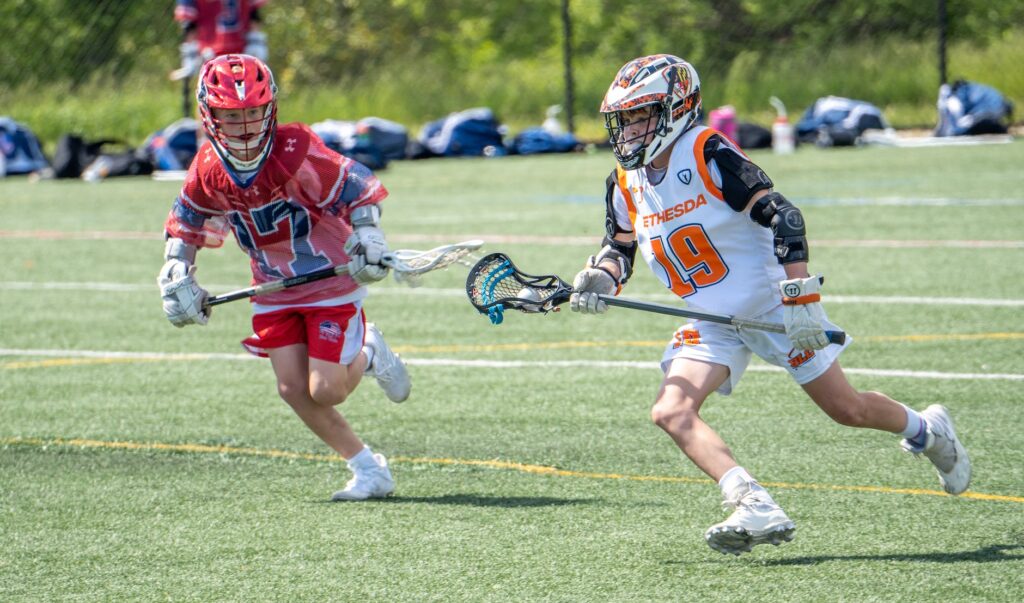
World Lacrosse
– Image Credit: young athletes running on the field while holding a lacrosse stick Photo by Styves Exantus on Pexels.com
The Victoria Shamrocks played in the Inter-City Lacrosse League (British Columbia) and in the British Columbia Junior Lacrosse League
World Lacrosse
Image Credit: young athletes running on the field while holding a lacrosse stick Photo by Styves Exantus on Pexels.com
Pan-American Lacrosse Association Women’s World Qualifiers (Editions): 2019
National Lacrosse League (North American Major Indoor League):
Major Indoor Lacrosse League 1987-1990
National Lacrosse League Alterna Cup (Seasons):
Canadian Senior Championship (Mann Cup)
Canadian Junior Championship (Minto Cup)
